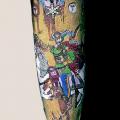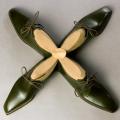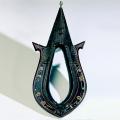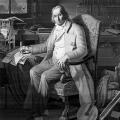Our collections
Leather and textiles : Choose a masterwork...
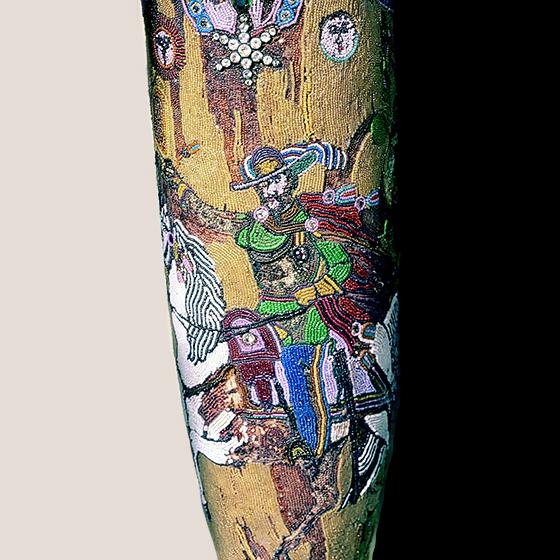
Between 1839 and 1865, Pierre Capus, aka Albigeois l’Ami des Arts, produced apparently seamless boots such as the Mythologic Boot in 1849 and the Garibaldi Boot in 1865. Dedicated to the hero of Italy’s reunification, it is covered with multicoloured pearls threaded on women’s hairs.
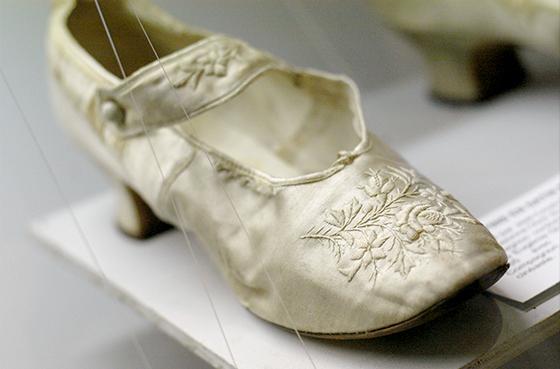
Jean-Louis Méliès was a shoemaker compagon du Devoir, aka Carcassonne l’Ami du Courage. His son was the famous Georges Méliès, conjurer and ‘father’ of the cinema. When the latter got married, Jean-Louis made these graceful white satin shoes for his daughter-in-law-to-be.
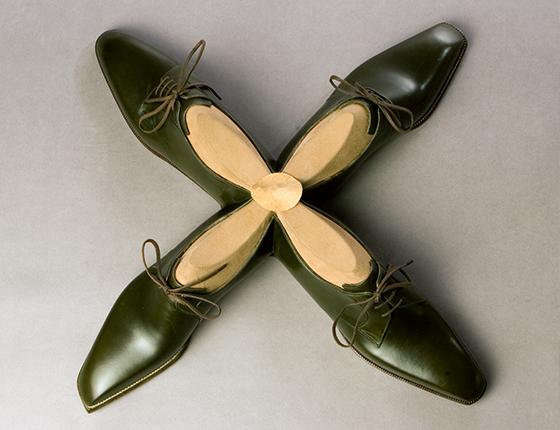
Quatuor is the name Nantais l’Ami du Progrès, shoemaker compagnon du Devoir, gave to his reception masterpiece. It joins together four male shoes of Derby style but with different tips and the four soles belong to the same piece of leather.
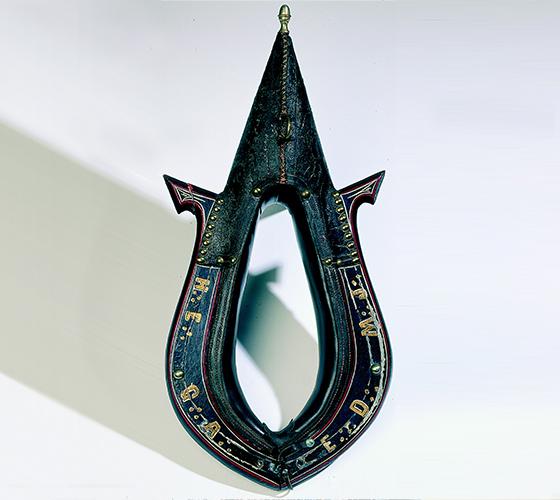
The reception masterpiece of the compagnon harness-makers du Devoir was always a horse collar of black leather and basan, sown and padded with flock and horsehair, then fitted on small articulated boards. The museum has several types of various shapes and dimensions on exhibit.
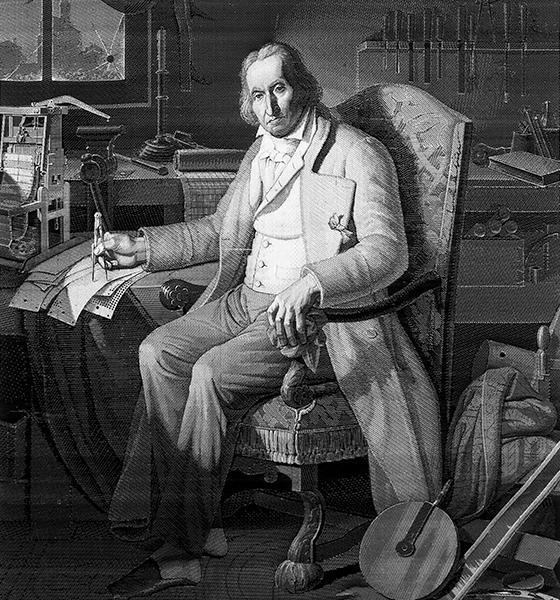
The portrait of Jacquard ─ a main improver of the weaving loom in the early 19th century ─ was produced by Michel Carquillat, a weaver from Lyons. Made from black, grey and white silk threads, it is modelled on a painting by Bonnefond.
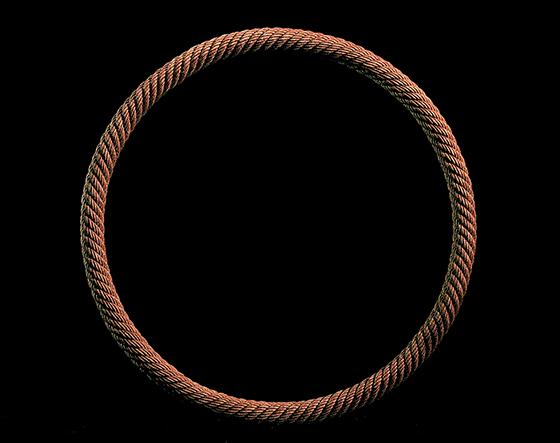
The endless hemp rope ring was a usual reception piece among the compagnon rope-makers du Devoir. The strands are twisted around an iron ring.

